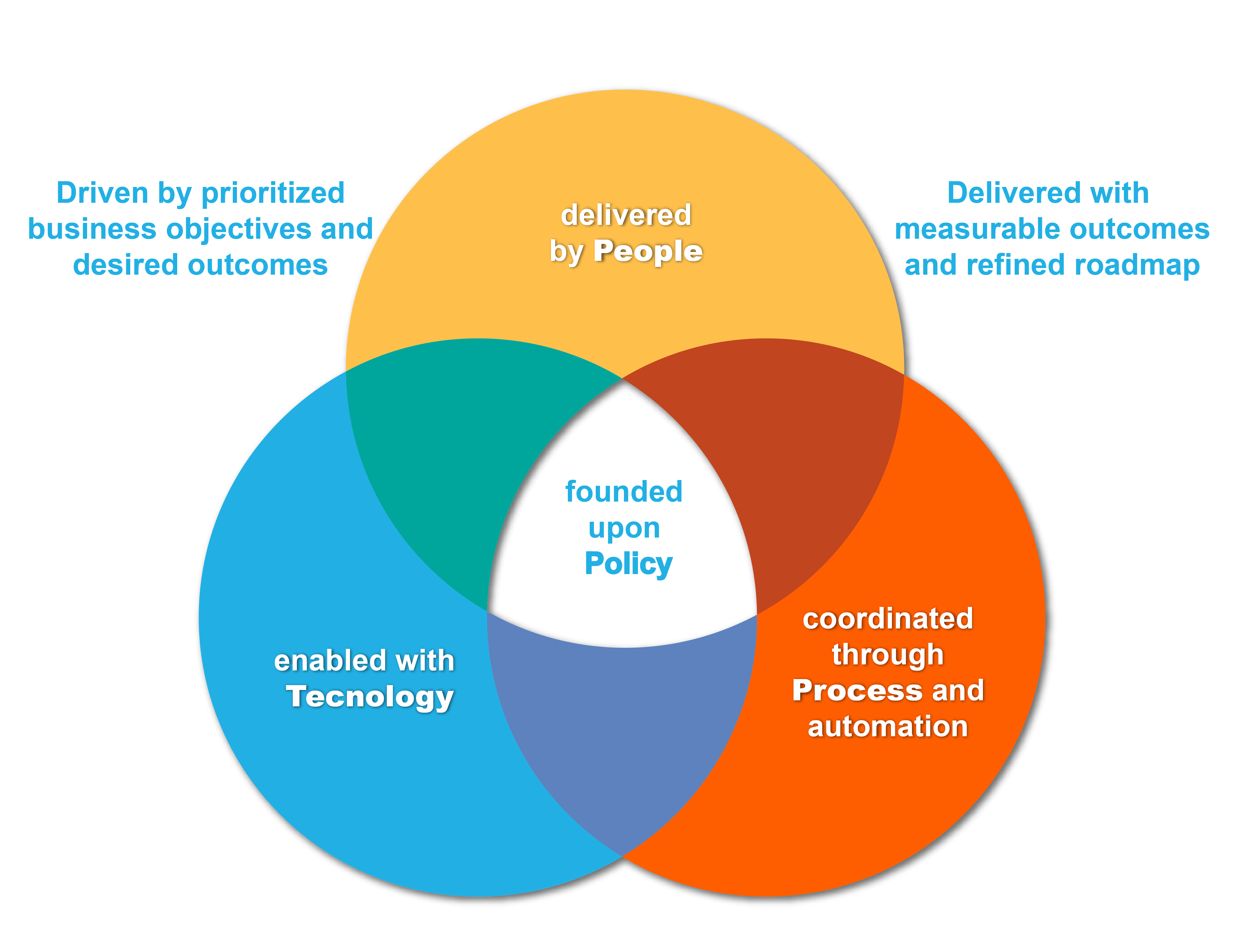Innocens BV leverages IBM Technology to Develop an AI Solution to help detect potential sepsis events in high-risk newborns
From the moment of birth to discharge, healthcare professionals can collect so much data about an infant’s vitals—for instance, heartbeat frequency or every rise and drop in blood oxygen level. Although medicine continues to advance further, there’s still much to …

